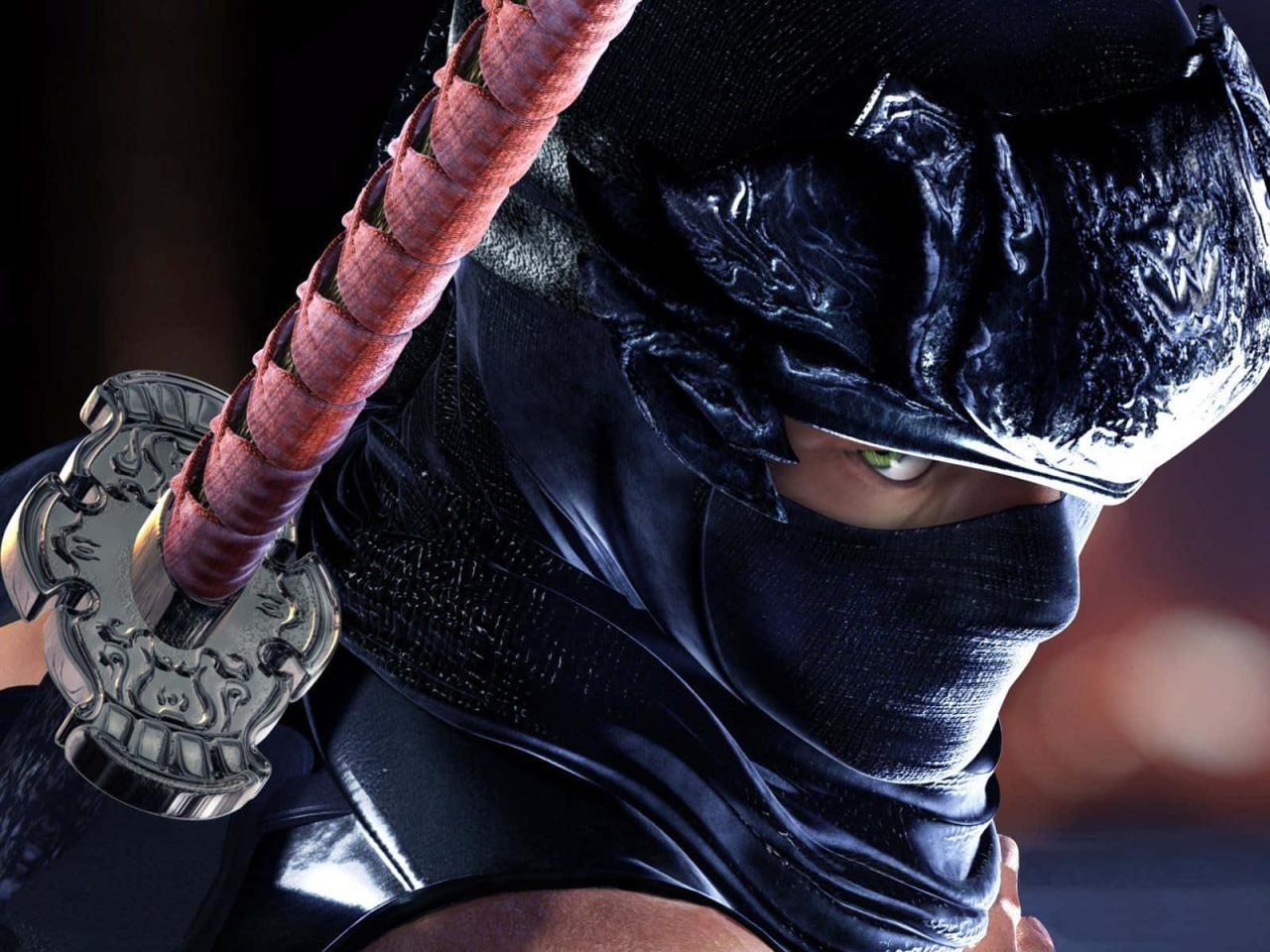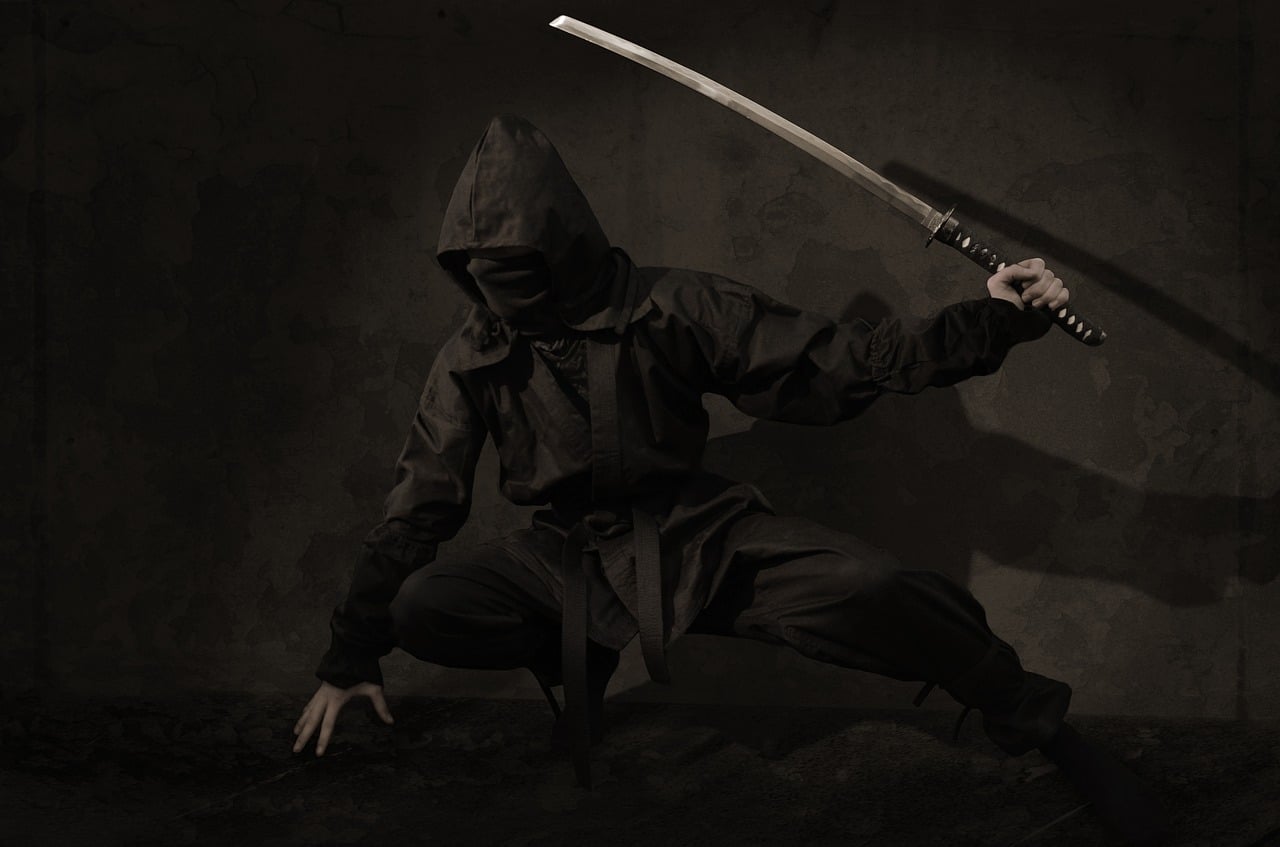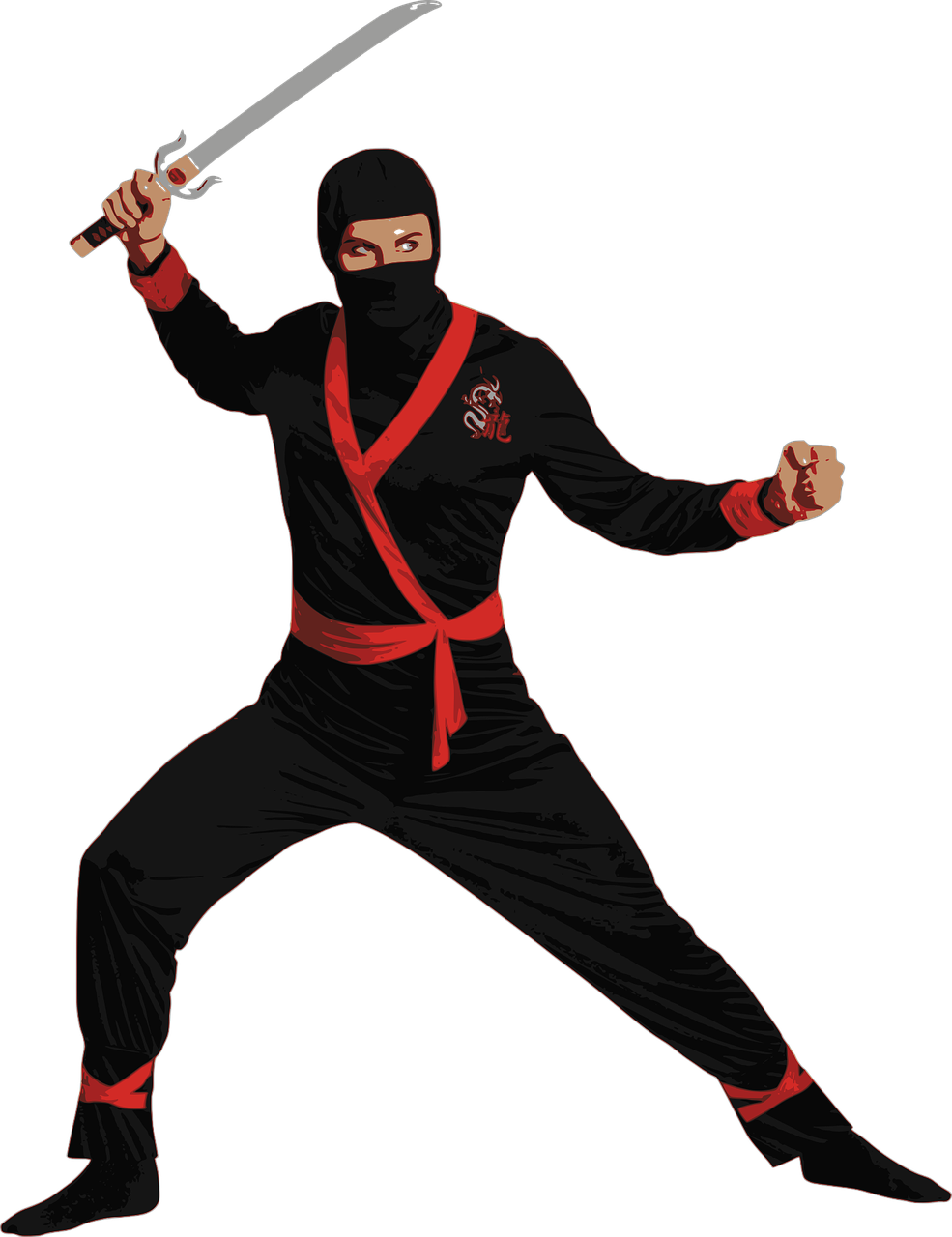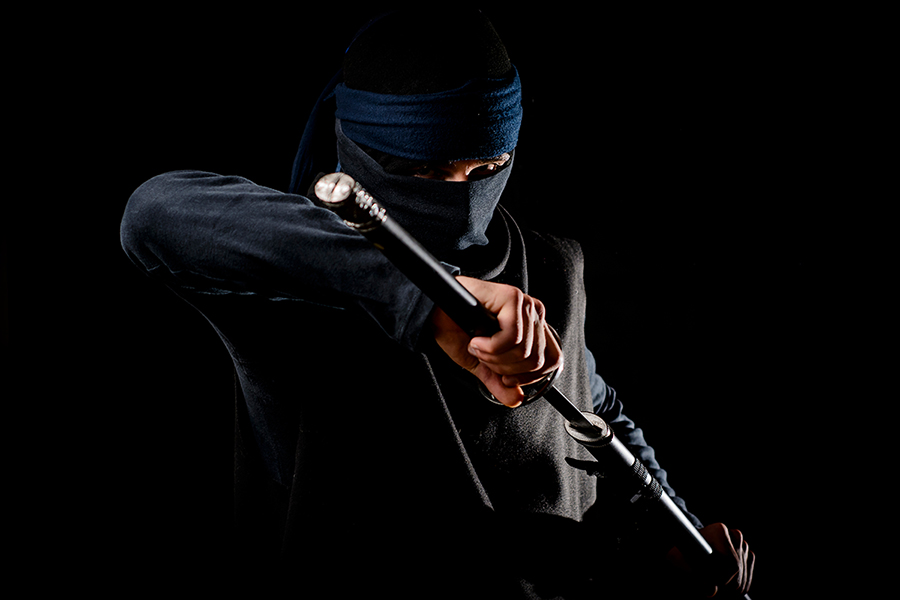Master Your Inner Ninja: Secrets Unleashed
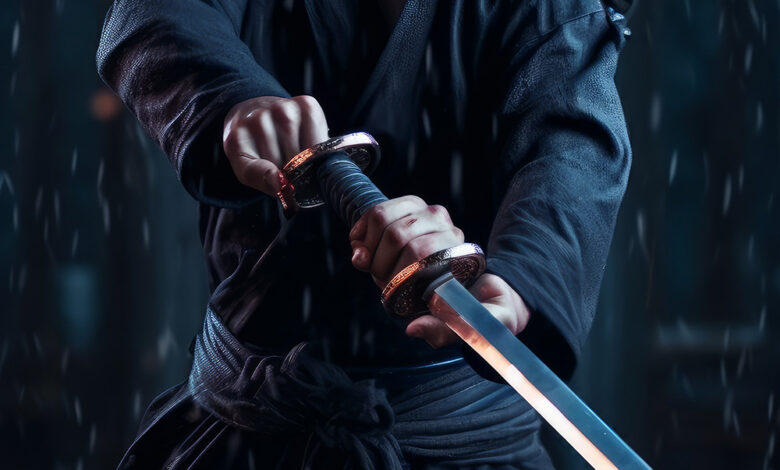
Introduction to the World of Ninjas
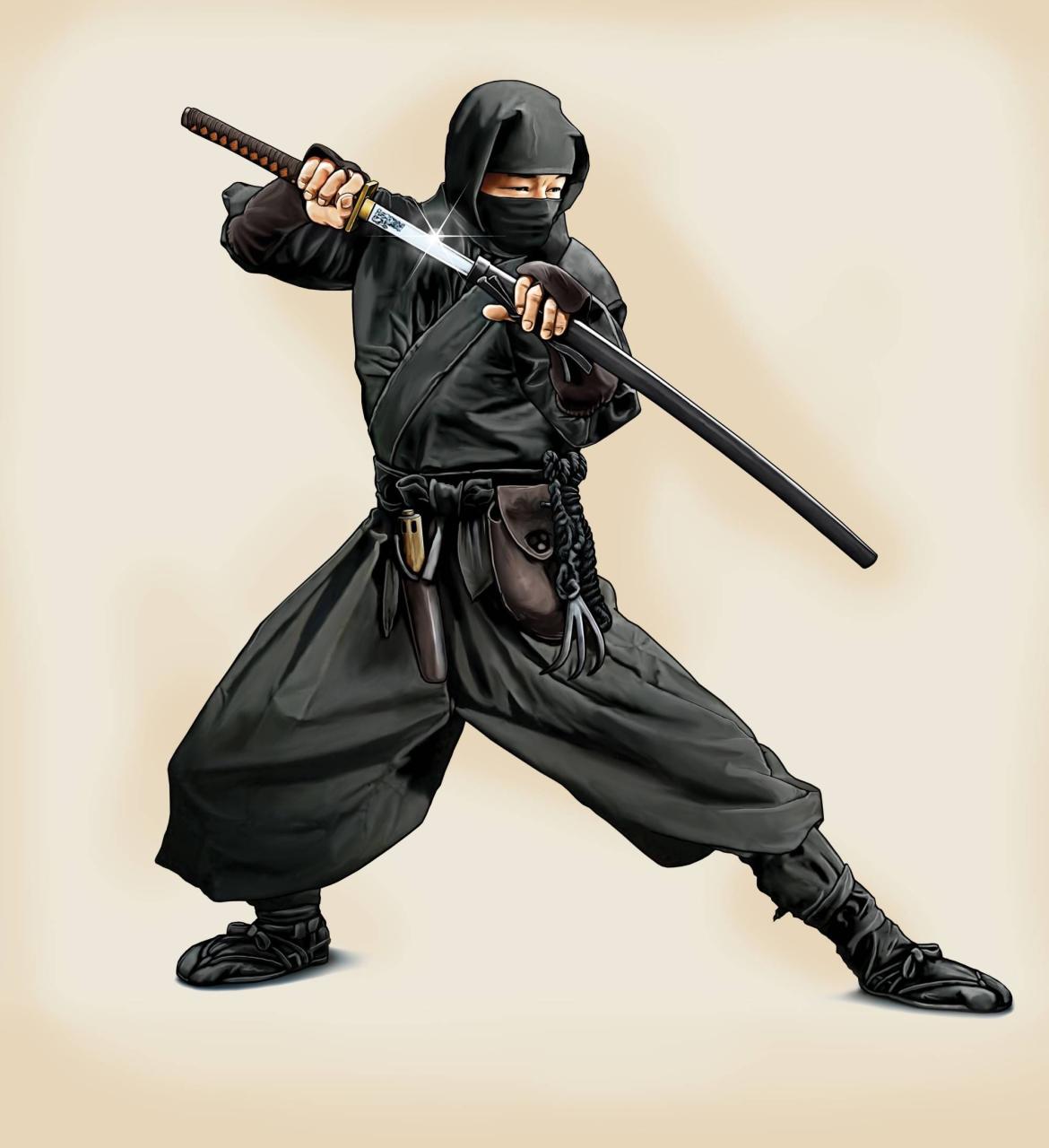
The term “ninja” has become synonymous with stealth, agility, and martial arts prowess. These mysterious warriors have been a part of Japanese history and folklore for centuries, with their origins dating back to the 14th century. The ninja were members of a covert agent group trained in the art of ninjutsu, a unique blend of martial arts, espionage, and survival skills. In this article, we will delve into the history, training, and mythology surrounding these enigmatic figures, exploring their significance in Japanese culture and their enduring popularity in modern times.
History of the Ninja
The ninja originated in the Iga and Koka regions of Japan, where they were known as “shinobi” or “ninja.” These regions were mountainous and remote, providing the perfect environment for the development of a secretive and isolated community. The ninja were initially formed as a response to the warring states period in Japan, during which time the country was plagued by civil war and conflict. The ninja were trained to conduct covert operations, including espionage, sabotage, and assassination, in order to aid their daimyos (feudal lords) in battle.
The ninja were organized into small groups, known as “clans,” which were typically led by a jonin (high-ranking ninja). These clans were responsible for training and deploying ninja agents, who were tasked with gathering intelligence, conducting reconnaissance, and carrying out missions. The ninja were known for their bravery, cunning, and adaptability, earning them a reputation as formidable opponents on the battlefield.
Ninja Training and Skills
Ninja training was rigorous and comprehensive, covering a wide range of skills and disciplines. These included:
- Martial arts: Ninja were trained in various forms of martial arts, including jujutsu, kenjutsu, and taijutsu. They were skilled in hand-to-hand combat, sword fighting, and other forms of close quarters combat.
- Stealth and concealment: Ninja were trained in the art of stealth, learning how to move undetected, use disguises, and create hidden passages and escape routes.
- Survival skills: Ninja were taught how to survive in the wilderness, including how to find food, build shelters, and navigate using the stars and other natural landmarks.
- Espionage and surveillance: Ninja were trained in the art of espionage, learning how to gather intelligence, conduct surveillance, and infiltrate enemy organizations.
- Chemistry and explosives: Ninja were familiar with basic chemistry and explosives, using these skills to create smoke bombs, poison, and other devices.
Ninja training was typically conducted in secret, with students learning from experienced instructors who had themselves undergone rigorous training. The training process was designed to push students to their limits, testing their physical and mental endurance, as well as their loyalty and dedication to the ninja code.
Ninja Mythology and Folklore
The ninja have been the subject of numerous myths and legends, with many stories and tales surrounding their exploits and abilities. Some of the most enduring myths include:
- Ninja magic: Ninja were often believed to possess supernatural powers, including the ability to become invisible, walk on water, and climb walls.
- Ninja weapons: Ninja were said to use a variety of exotic and deadly weapons, including shuriken (ninja stars), kama (sickle-like blades), and makibishi (caltrops).
- Ninja disguises: Ninja were known for their ability to disguise themselves, using a variety of costumes, wigs, and masks to blend in with their surroundings.
- Ninja clans: Ninja clans were often seen as mysterious and powerful organizations, with their own secret rituals and initiation ceremonies.
These myths and legends have contributed to the ninja’s enduring popularity, with many people around the world fascinated by their enigmatic and often mysterious nature.
Ninja in Modern Times
Despite their origins in feudal Japan, the ninja remain a popular and enduring symbol of Japanese culture. In modern times, the ninja have been featured in numerous films, television shows, and books, including:
- Movies: Films like “You Only Live Twice” (1967), “Enter the Ninja” (1981), and “Ninja Assassin” (2009) have helped to popularize the ninja image, often depicting them as heroic or anti-heroic figures.
- Television: Shows like “Ninja Warrior” (1997) and “Naruto” (2002) have featured ninja characters and storylines, introducing the concept to a new generation of fans.
- Books: Authors like Eric Van Lustbader and Barry Eisler have written novels featuring ninja characters, often blending historical and modern elements.
- Video games: Games like “Tenchu” (1998) and “Ninja Gaiden” (2004) have allowed players to take on the role of a ninja, using stealth, strategy, and martial arts skills to complete missions and defeat enemies.
The ninja’s enduring popularity can be attributed to their unique blend of martial arts, stealth, and strategy, as well as their enigmatic and often mysterious nature. Whether depicted as heroes, villains, or anti-heroes, the ninja continue to captivate audiences around the world, inspiring new generations of fans and enthusiasts.
Ninja Philosophy and Code
The ninja were guided by a strict code of conduct, known as the “ninja creed” or “bushido.” This code emphasized the importance of:
- Loyalty: Ninja were expected to be loyal to their daimyo, their clan, and their fellow ninja.
- Honor: Ninja were expected to conduct themselves with honor, avoiding dishonorable or cowardly behavior.
- Discipline: Ninja were expected to be disciplined and self-controlled, avoiding excessive emotions or behavior.
- Perseverance: Ninja were expected to persevere in the face of adversity, using their skills and cunning to overcome obstacles and challenges.
The ninja creed was designed to promote a sense of unity and purpose among ninja agents, as well as to provide a moral framework for their actions. By following this code, ninja were able to maintain their integrity and honor, even in the face of extreme danger or adversity.
Ninja Legacy and Cultural Significance
The ninja have had a profound impact on Japanese culture and history, with their legacy continuing to be felt today. The ninja have:
- Influenced Japanese martial arts: The ninja’s emphasis on stealth, strategy, and martial arts has influenced the development of Japanese martial arts, including karate, judo, and aikido.
- Shaped Japanese folklore: The ninja have become an integral part of Japanese folklore, with numerous stories, legends, and myths surrounding their exploits and abilities.
- Inspired popular culture: The ninja have been featured in numerous films, television shows, and books, inspiring new generations of fans and enthusiasts.
- Promoted cultural exchange: The ninja have helped to promote cultural exchange between Japan and other countries, with their unique blend of martial arts, stealth, and strategy captivating audiences around the world.
The ninja’s cultural significance extends beyond their historical role as covert agents, with their legacy continuing to inspire and influence people around the world. Whether seen as heroes, villains, or anti-heroes, the ninja remain an enduring and fascinating symbol of Japanese culture and history.
Conclusion
In conclusion, the ninja were a unique and fascinating group of warriors, trained in the art of ninjutsu and known for their bravery, cunning, and adaptability. Their history, training, and mythology have captivated audiences around the world, inspiring new generations of fans and enthusiasts. The ninja’s legacy continues to be felt today, with their influence extending beyond Japanese culture and history to popular culture and cultural exchange. Whether depicted as heroes, villains, or anti-heroes, the ninja remain an enduring and fascinating symbol of Japanese culture and history, continuing to inspire and captivate people around the world.
